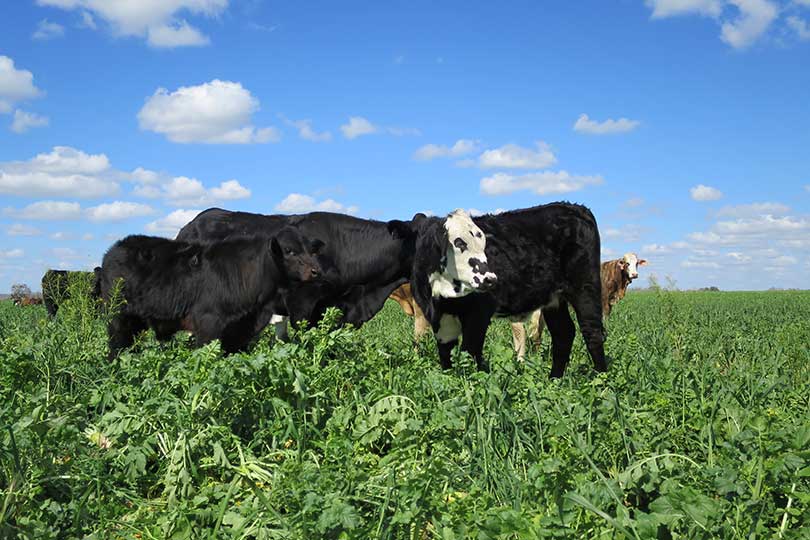Farmers and ranchers who want to take their conservation efforts to the next level have until Feb. 3 to sign up for the nation’s largest conservation program, with 70 million acres enrolled.
The U.S. Department of Agriculture’s (USDA) Conservation Stewardship Program (CSP) helps farmers and ranchers build on existing conservation efforts while strengthening their operation.
The CSP program can help improve grazing conditions, increase crop yields, decrease inputs, develop wildlife habitats and better resilience to weather extremes.
“In a time when there is more and more attention paid to the need to build healthy soil, improved water quality and otherwise support resource conservation, the Conservation Program offers farmers a great opportunity to ramp up conservation on their farm,” Center for Rural Affairs Policy Associate Anna Johnson told AgWeb.
CSP can help schedule timely planting of cover crops, develop a grazing plan that will improve forage base, implement no-till to reduce erosion or manage forested areas in a way that benefits wildlife habitat.
Through CSP, farmers, ranchers and forest landowners earn payments through actively managing, maintaining and expanding conservation activities like cover crops, rotational grazing and pollinator and beneficial insect habitat—all while maintaining active agricultural production on their land.
Johnson said any size farm can qualify.
“[This program] doesn’t forget smaller producers,” Johnson said. “For folks who qualify for the program, the minimum contract payment is $1,500, no matter the acreage. This is a major farmer and rancher funding opportunity.”
You must be in control of your farmland for the five-year term of the CSP contract. Farm records have to be established through the Farm Service Agency before an application is evaluated.
The 2017 CSP program provides even more opportunities for conservation, according to a NRCS news release. The program includes several changes and updates to help farmers and ranchers better evaluate their conservation options and the benefits to their operations and natural resources.
The changes will help NRCS agents develop more individualized conservation plans for landowners to focus on specific enhancement objectives.
Applications can be found in local service centers. Farmers and ranchers can find more information here or visit their local USDA Service Center.

